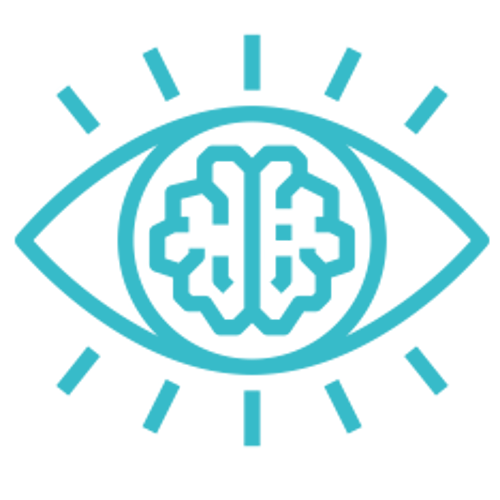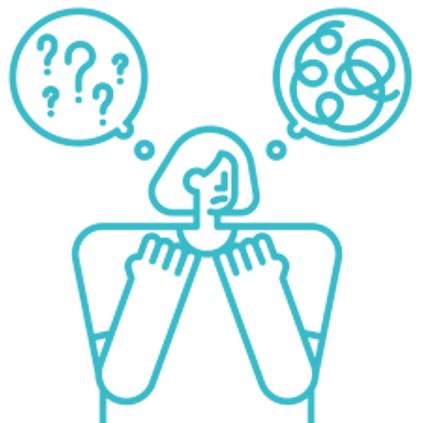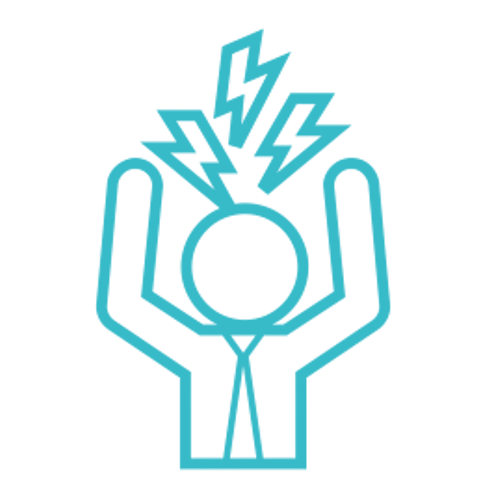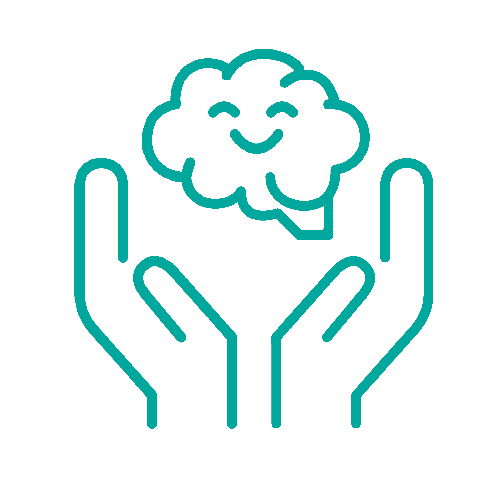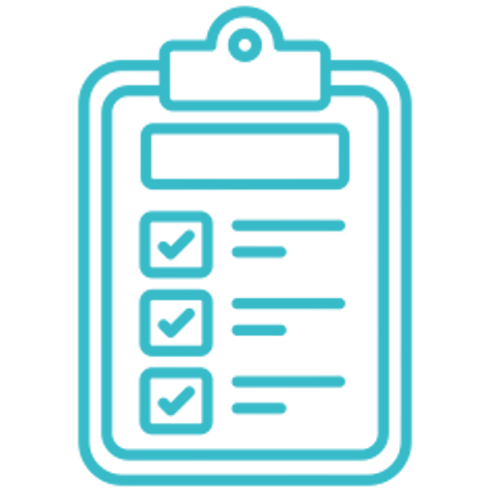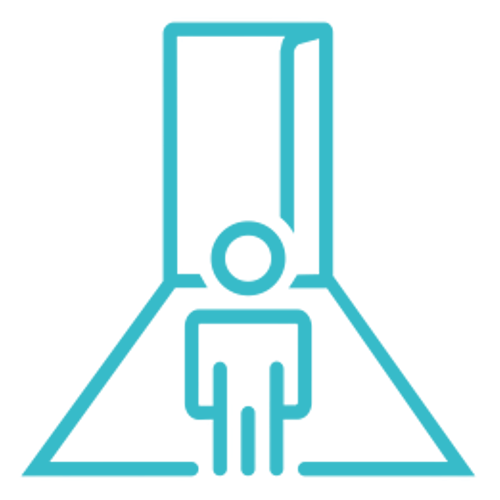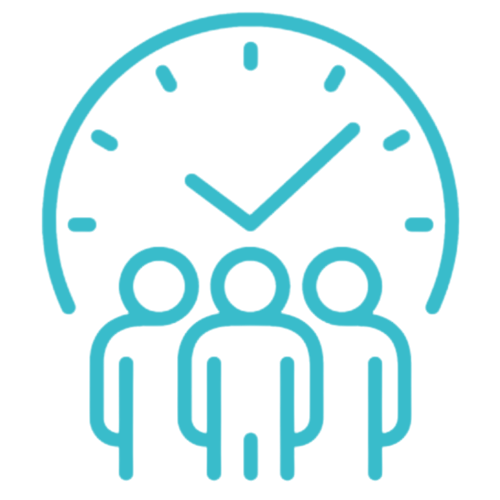Feeling like your emotions are on a rollercoaster lately? It’s not uncommon to experience ups and downs, but when do these mood swings cross the line into something more serious, like bipolar disorder? Let’s dive into the nuances of mood swings vs bipolar disorder, and how to distinguish between the two.
Mood Swings vs Bipolar Disorder: Unveiling the Contrast
There are differences between mood swings and bipolar disorder. While mood swings are normal, in contrast, bipolar disorder is a complex health condition. Let’s find out more:
What are Mood Swings?
Imagine this: one moment you’re feeling on top of the world, and the next, you’re sinking into a pit of despair. That’s the essence of mood swings. They’re sudden and unpredictable shifts in mood, ranging from happiness and euphoria to sadness and irritability. While mood swings are a normal part of life, especially in response to stress or hormonal changes, they typically don’t interfere with daily functioning.
Here are some mood swing signs to watch out for:
- Sudden Changes in Emotion: One moment you’re laughing and the next, you’re in tears. Mood swings often involve abrupt shifts in emotions, sometimes without an apparent trigger.
- Intense Irritability: Feeling irritable or easily angered over minor inconveniences can be a sign of underlying mood instability. You might find yourself snapping at loved ones or coworkers without understanding why.
- Energy Fluctuations: Your energy levels may vary drastically throughout the day. You might experience bursts of productivity followed by periods of lethargy or fatigue.
- Difficulty Concentrating: Mood swings can interfere with your ability to focus and concentrate on tasks. You may find it challenging to complete work assignments or engage in conversations without feeling distracted.
- Changes in Appetite: You may notice fluctuations in your appetite, ranging from excessive hunger to a lack of interest in food. These changes can contribute to weight gain or loss over time.
Is it Bipolar Disorder?
Bipolar disorder, on the other hand, is a complex mental health condition characterized by extreme mood swings that cycle between manic highs and depressive lows. These mood episodes can last for weeks or even months, significantly impacting a person’s relationships, work, and overall quality of life. Unlike typical mood swings, bipolar disorder requires professional diagnosis and treatment.
Recognizing the signs of bipolar disorder is crucial for early intervention and effective management. Here are some common signs of bipolar disorder to look out for:
- Manic Episodes:
- Elevated Mood: Feeling excessively happy, euphoric, or elated for an extended period, often with an exaggerated sense of self-confidence.
- Increased Energy: Having a surplus of energy, feeling restless, and engaging in excessive physical activity or goal-directed behavior.
- Racing Thoughts: Experiencing a rapid flow of ideas, racing thoughts, and difficulty concentrating or staying focused.
- Impulsivity: Engaging in risky behaviors such as reckless spending, substance abuse, reckless driving, or impulsive decision-making without considering the consequences.
- Decreased Need for Sleep: Feeling rested and energetic despite sleeping less than usual, sometimes going days without sleep.
- Hypomanic Episodes:
- Similar to manic episodes but with milder symptoms that do not significantly impair daily functioning. However, hypomanic episodes can still cause noticeable changes in mood, behavior, and energy levels.
- Depressive Episodes:
- Sadness and Hopelessness: Persistent feelings of sadness, emptiness, or hopelessness that last for days, weeks, or months.
- Loss of Interest: Losing interest in activities once enjoyed, including hobbies, social interactions, work, or relationships.
- Fatigue and Low Energy: Feeling physically drained, sluggish, or exhausted, even after getting enough rest.
- Sleep Disturbances: Experiencing changes in sleep patterns, such as insomnia (difficulty falling or staying asleep) or hypersomnia (excessive sleepiness).
- Changes in Appetite: Significant changes in appetite, leading to weight loss or gain. This may involve overeating or loss of appetite.
- Difficulty Concentrating: Experiencing difficulty concentrating, making decisions, or remembering things.
- Feelings of Guilt or Worthlessness: Persistent feelings of guilt, worthlessness, or self-blame, often without logical justification.
- Suicidal Thoughts: Thoughts of death or suicide, or engaging in self-harming behaviors. If you or someone you know is experiencing suicidal thoughts, seek immediate help from a mental health professional or emergency services.
- Cycling Between Mood Episodes:
- Bipolar disorder is characterized by alternating episodes of mania, hypomania, and depression. These mood swings can occur multiple times throughout the year, or less frequently in some cases.
Deciphering Depression vs Low Mood
Let’s delve deeper into the differences between low mood and depression:
Low Mood: A Temporary Dip
Feeling blue every now and then is a natural part of the human experience. Low mood, also known as sadness or feeling down, is often triggered by specific events like a breakup, job loss, or disappointment. While it can be distressing, low mood tends to dissipate over time, especially with self-care and support from loved ones.
Depression: A Persistent Darkness
Depression, on the other hand, goes beyond fleeting sadness. It’s a pervasive mental health condition characterized by persistent feelings of hopelessness, worthlessness, and emptiness. Individuals with depression may experience changes in appetite, sleep disturbances, fatigue, and difficulty concentrating. Unlike low mood, depression typically requires professional intervention, such as therapy or medication.
3 Ways to Navigate the Challenges of Bipolar Relationship Patterns
Being in a relationship with someone who has bipolar disorder can be akin to navigating uncharted waters. The highs and lows characteristic of this condition often manifest in the dynamics of the relationship, presenting unique challenges for both partners. Let’s delve deeper into the complexities of bipolar relationship patterns and explore strategies for overcoming these hurdles.
Understanding the Rollercoaster Ride of Emotions
Picture this: one moment, your partner is overflowing with energy, enthusiasm, and grandiose ideas, ready to take on the world. The next moment, they’re consumed by a profound sense of despair, withdrawing into themselves and shutting you out. These drastic shifts in mood, known as manic and depressive episodes, can create a whirlwind of emotions within the relationship.
During manic episodes, individuals with bipolar disorder may exhibit impulsive behavior, excessive spending, reckless decision-making, and heightened irritability. This can strain the relationship, leading to conflicts, misunderstandings, and feelings of frustration or helplessness.
Conversely, depressive episodes can cast a shadow over the relationship, leaving the individual feeling emotionally distant, withdrawn and disengaged. This can leave their partner feeling lonely, unsupported, and uncertain about how to provide comfort and assistance.
Communication is Key
Amidst the turbulence of bipolar relationship patterns, effective communication serves as a lifeline for both partners. Establishing open, honest dialogue allows each person to express their thoughts, feelings, and concerns without judgment or criticism. It’s essential for both partners to actively listen, validate each other’s experiences, and work together to find constructive solutions.
During periods of stability, couples can discuss strategies for managing bipolar symptoms, such as identifying triggers, creating a crisis plan, and establishing boundaries. By collaborating as a team, partners can develop a deeper understanding of each other’s needs and preferences, fostering a sense of mutual support and solidarity.
Cultivating Empathy and Understanding
Above all, cultivating empathy and understanding is essential in navigating bipolar relationship patterns. Recognizing that bipolar disorder is a medical condition, not a character flaw, can help partners approach challenges with compassion and patience. By acknowledging the impact of bipolar symptoms on the relationship and actively supporting each other through the highs and lows, couples can foster resilience, intimacy, and mutual growth.
Differentiate between mood swings and bipolar disorder and gain clarity through therapy.
Utilizing counseling offers a structured and supportive approach to understand the distinctions between mood swings and bipolar disorder. If you’re seeking guidance on managing mood fluctuations, here’s how to get started:
- Schedule a Consultation: Reach out to Uncover Mental Health Counseling to initiate a conversation about mood management and bipolar disorder. Our compassionate therapists provide a safe and non-judgmental space where you can discuss your concerns and experiences.
- Connect with a NYC Therapist: Our team consists of experienced therapists who specialize in mood disorders and bipolar disorder. We’ll match you with a therapist who can offer personalized support tailored to your unique circumstances and needs.
- Begin Your Therapy Journey: Collaborate with your therapist to explore the patterns, triggers, and duration of your mood fluctuations. Through psychoeducation, mood tracking, and symptom management techniques, therapy can help you understand your experiences and develop strategies for coping and stabilization.

